Off the coast of Brazil, on an island called Alcatrazes once used by the Brazilian government as a naval shooting range, lives a tree frog the size of the top joint of your thumb. It’s on the brink of extinction. Or it was, until a group of conservationists rallied to start a captive breeding program for Scinax alcatraz and stop the Brazilian government from shooting the island.
The conservation efforts were so successful that the International Union for the Conservation of Nature downgraded the frog from critically endangered to vulnerable.
A world away, in the flat, high plains of southeastern Wyoming, croaks one of the most endangered amphibians in North America. The Wyoming toad got a new lease on life last summer when the U.S. government created the Wyoming Toad Conservation Area.
Unfortunately, most global amphibians aren’t so lucky. Amphibians are the most endangered class of animals in the world, with 41% facing extinction—about 15% more than the world’s mammals and a whopping 26% more than the world’s bird species.
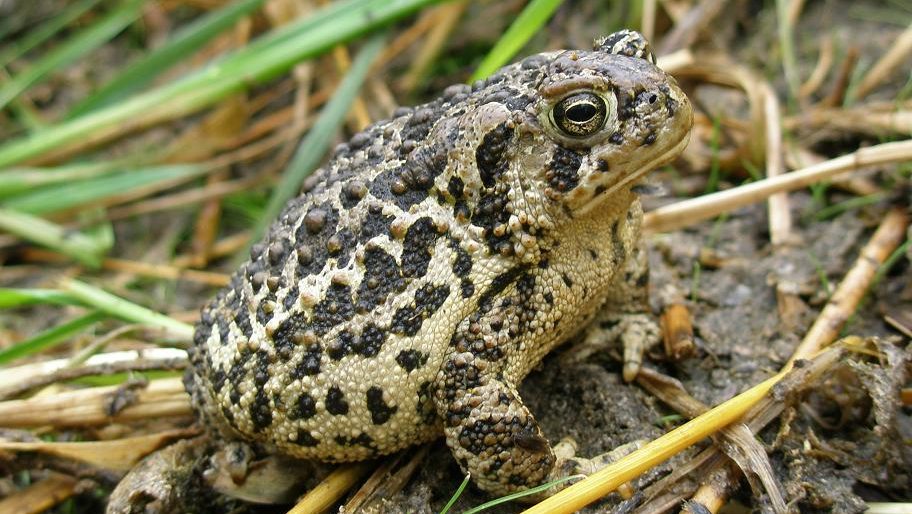
For years, the biggest threat to amphibians has been habitat loss caused by human activities like razing of rainforests to graze cattle, draining wetlands for development and building roads.
Then came an invasive fungal disease called Chytridiomycosis that devasted already fragile populations. Now amphibians, like so many other species, face the repercussions of climate change, a threat that likely outpaces even disease as the culprit for amphibian declines.
As countries struggle to address a warming and more unpredictable planet, researchers like Re:Wild’s Jennifer Luedtke Swandby and JJ Apodaca, executive director of the Amphibian and Reptile Conservancy, say climate change on its own would not be such an incredible threat if it weren’t for the toll it takes when combined with habitat loss, fragmentation and disease.
“It’s accelerating the decline in populations and ultimately species,” Apodaca says. “And it’s doing so in a way that’s really hard to fathom and hard to wrap our head around.”
Fortunately for most amphibians, a local solution apart from the global, thorny mess that is climate change exists. It just requires a combination of money, cooperation, and like the case of the Alcatraz tree frog, a whole lot of champions.
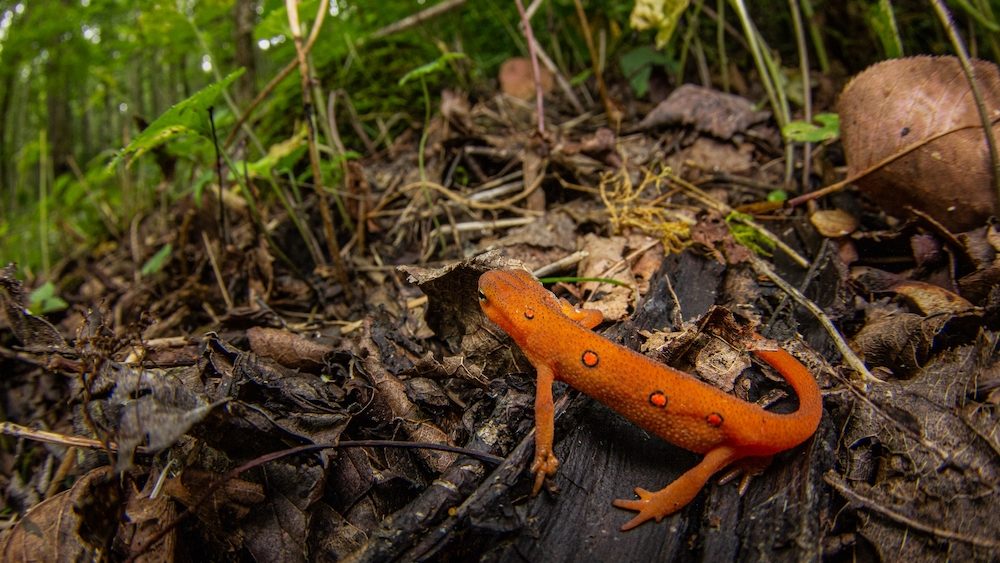
Staggering Loss
Scientists have documented more than 8,000 species of amphibians across the globe, a broad term for frogs, toads, salamanders and caecilians, which look a bit like large earthworms. In the last 150 years, at least 37 species have been confirmed extinct with another 185 that may be gone.
“The status is that amphibians are deteriorating,” says Swandby, who led the effort to create the most recent IUCN Global Amphibian Assessment. “It’s a trend we’ve documented since 1980, and it’s not great news.”
Habitat loss and fragmentation has always been a problem for amphibians, made worse about 30 years ago when chytrid swept across the globe. The fungus now infects populations in nearly every corner of the planet cause declines or extinctions in about 200 amphibians, hitting tree frogs especially hard.
The fungus essentially covers a frog or toad’s skin, smothering the creature to death. And until recently, researchers thought it might be the biggest threat. Now climate change has taken over the top spot.
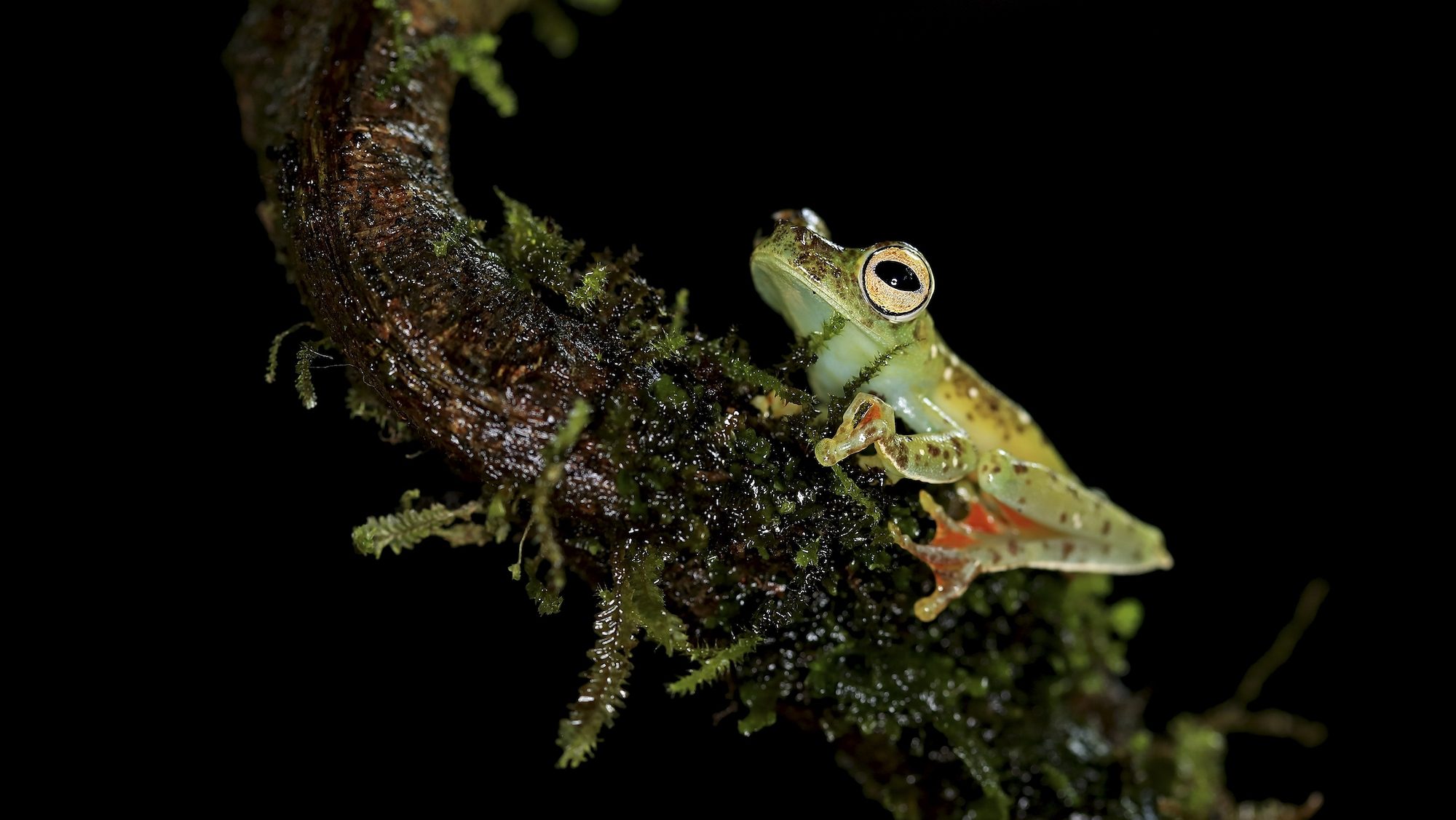
Compounding Problem
On its own, climate change is hard on amphibians, and not just because of the easy narrative that it comes with warmer temperatures and hotter and drier summers.
Frogs in Puerto Rico, for example, suffer from an increase in the number and severity of hurricanes destroying their habitat over and over again.
“The storms are worse and happening more often and species habitat isn’t able to recover in between storms,” Swandby says. “It’s adding fuel to an already dire situation.”
Recent wildfires have roared through the temperate rainforests of British Columbia, and drought plagues the Appalachian Mountains, to be followed by two weeks of intense rain.
“There’s a huge difference between getting 20 inches of rain over three months and 20 inches of rain in two weeks,” Apodaca says. “Populations are now dealing with more drought, but also sedimentation from landslides.”
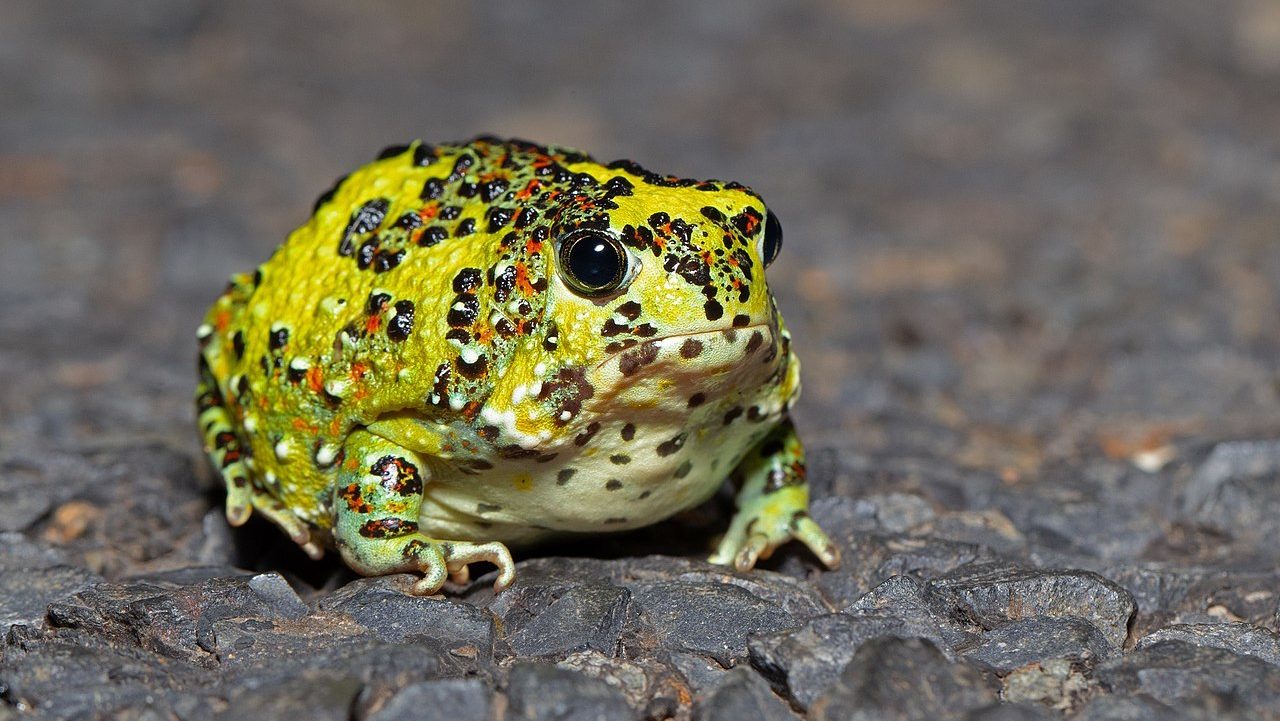
Most species like amphibians evolved in highly specific niches: The Alcatraz tree frog lives in the rainwater that pools in the leaves of bromeliads. The Wyoming toad only exists in small prairie pockets in one county of southwest Wyoming. Many frog species in the western U.S. evolved in ephemeral pools that fill and drop down periodically, preventing them from overlapping with streams that give access to fish, one of their primary predators.
And in general, with amphibians as with most creatures on this planet including humans, the healthier they are, the better able to survive and adapt to challenges.
“In some cases, we see chytrid in the environment in very healthy populations and it doesn’t do anything,” Apodaca says. “When amphibians are physiologically stressed from higher temperatures or more drought, it gives the disease an open door.”
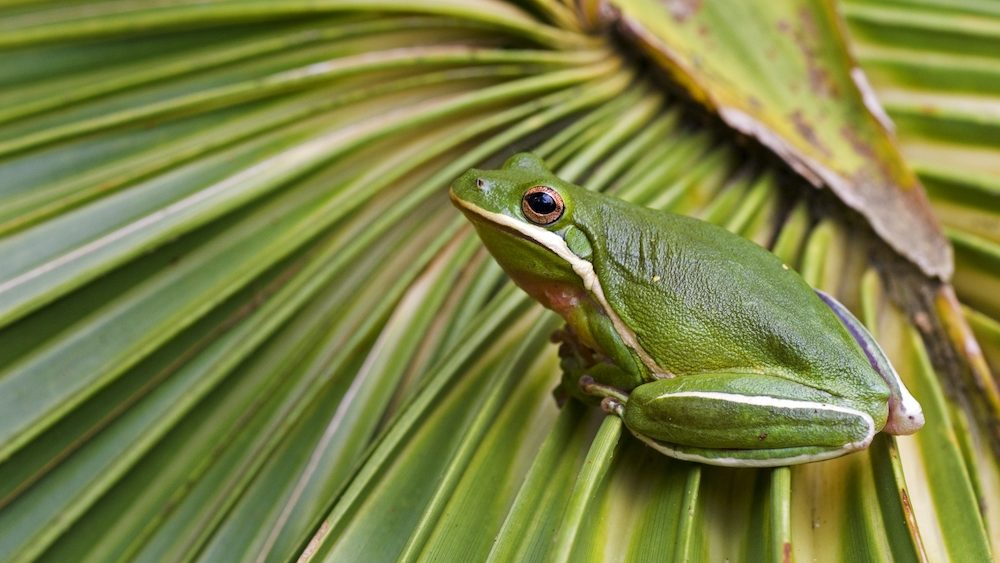
An Amphibian Rescue Roadmap
Among the dire amphibian news, which cannot be understated, lies hope. Though Apodaca is quick to qualify the word “hope.”
“In general, when I say we’re hopeful, that makes it sound positive and like it’s in somebody else’s hands, so I’ve been trying to communicate that it can be done and we’re trying to do it,” he says. “I’m positive that we can make a big difference. It just takes, first off, knowledge, and second, effort.”
And also, says Gina Della Togna, executive director of the Amphibian Survival Alliance, working with local communities. Large regulation changes are great, she says, but they don’t always mean much if communities on the ground don’t support them.
“We need the people to own the stewardship of the species,” she says. “These threats do not act in isolation; they exacerbate one another, leading to a decline in amphibian populations worldwide.”
Connected habitat, for example, offers more refugia to species in the face of intense rains or droughts. While a frog couldn’t walk from one refugia to another like, say, a moose or mountain lion, it could scoot from one drying pond to the next if another pond exists close enough.
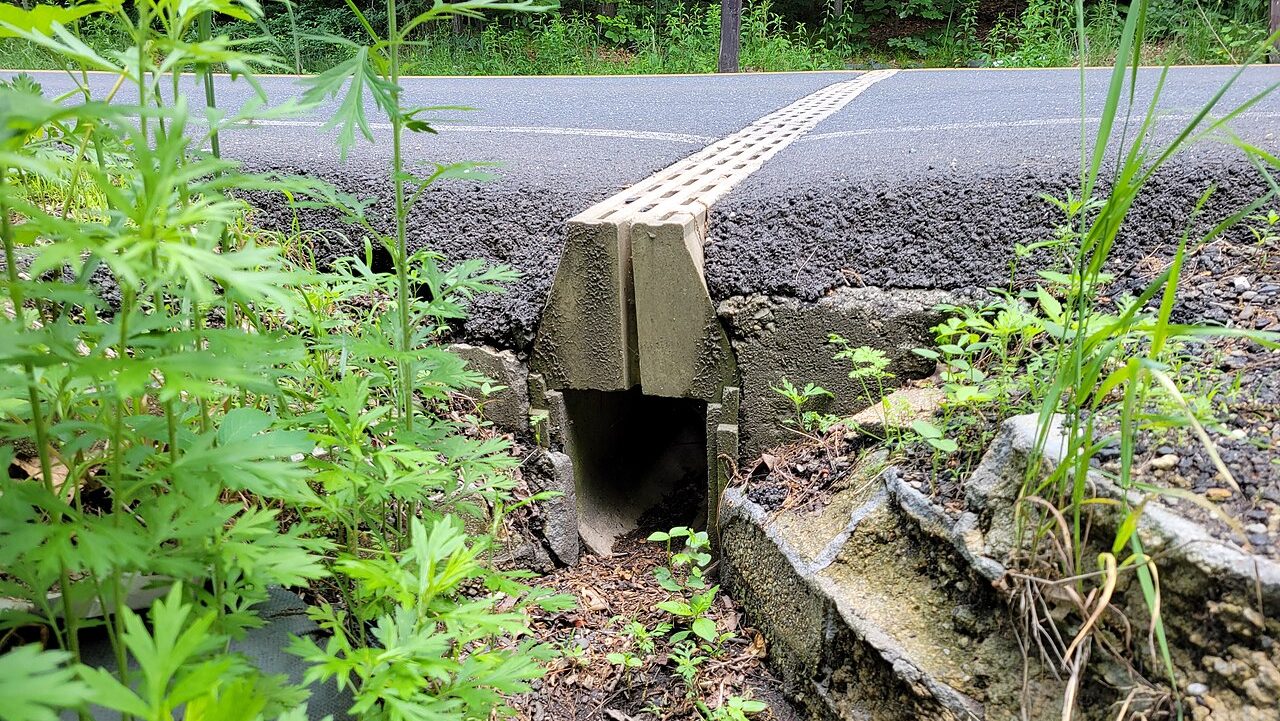
Shocking numbers of frogs, toads and salamanders die crossing roads each year, which makes highway crossings in the right places surprisingly effective.
Apodaca remembers a turtle tunnel built in the mid-2000s that worked well but ran about $10 million. It felt like too hefty a price tag for practical purposes. But costs have come down, and his organization recently helped coordinate building a tunnel for turtles for just $60,000.
“Some frogs need the forest part of the year and wetlands part of the year,” he says. “When those are separated by a road we have to give them connectivity.”
So groups are identifying and creating lists of priority species, the ones that can be saved by local conservation projects like highway crossings or beaver dams.
“I think we can find a better way to manage land and balance their needs,” Apodaca says. “Will it be incredibly difficult? Yes. No doubt the challenge of our generation is to maintain biodiversity levels in the face of habitat change and loss and climate change, but I think we can do it.”
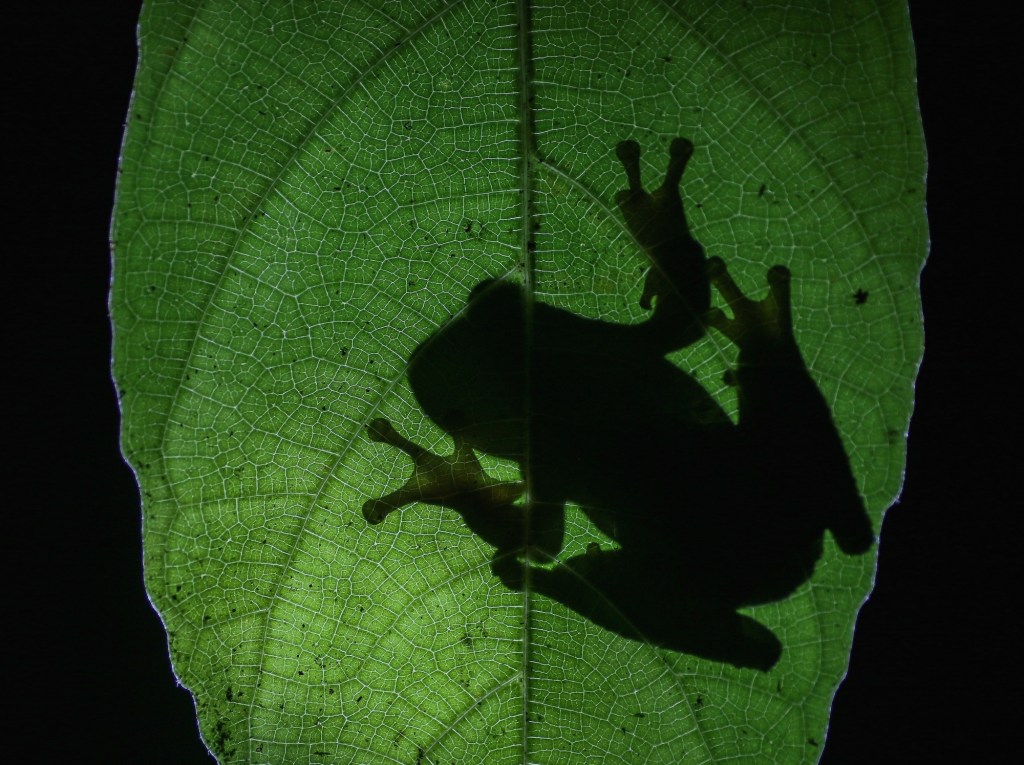



The DNR’s and Trout Unlimited with their stream restoration destroy the backwater habitats for the frogs and toads in the streams of the Driftless Area of Wisconsin, Minnesota, Iowa and Illinois.
Refugium. Or, refuge. Refugia is plural (are plural?)
Is there the positive or negative effect on the Earth if amphibians extinct